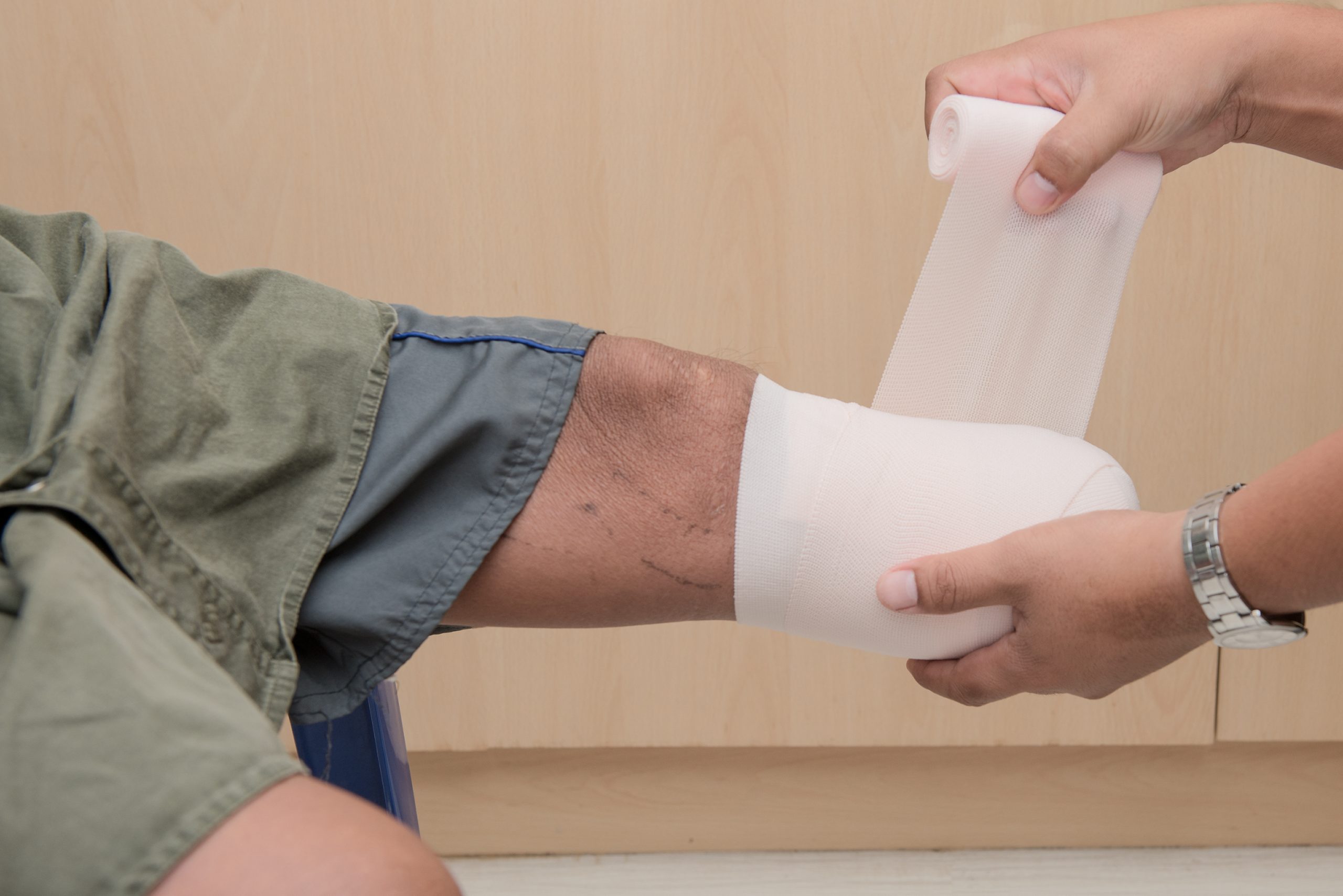
Living with Phantom Limb Pain
If you are unfortunate enough to require a limb amputation, then you understand that the recovery is unlike almost any other kind. In addition to the emotional trauma of losing a part of your body, you are likely to encounter various physical health challenges like residual limb pain or, even, phantom limb pain.
It is difficult enough dealing with pain from a part of your body but trying to remedy pain that is originating from a region that is no longer attached to your body is especially challenging. The unfortunate reality, however, is that if you must amputate a limb, you will likely encounter phantom limb pain since almost 80 percent of amputees develop this issue.
What Is Phantom Limb Pain?
As the name suggests, phantom limb pain is pain that feels like it is coming from the limb that has already been removed. Most amputees feel like their amputated limb is still producing nerve sensations, but a large fraction of these amputees experience these sensations as burning, stabbing or itching.
Amputation has been occurring throughout all of human history, but only in the past few hundred years has phantom limb pain been recognized as an authentic medical issue. It was first defined during the Civil War when a physician noticed that the majority of soldier amputees suffered from the condition.
Phantom limb pain often has certain characteristics:
- Appears in the first week following the amputation (but may appear months or years later)
- Pain may come and go but may also remain continuous
- Pain may seem to originate in the most distant part of the missing limb, like the hand or foot
- May experience pain as shooting, stabbing, pins and needles, cramping, throbbing or burning
For many years, phantom limb pain was considered a psychological disorder, but recent research reveals that nerves in the brain and spinal cord are the cause. It is believed that when the central nervous system is cut off from nerves in the missing limb it begins to interpret this lack of stimuli in unusual ways including pain sensations.
Imaging studies show that after an amputation takes place, the brain may remap nerves to another part of the body. So, your brain may interpret sensations from an entirely different part of your body as though they were coming from the missing limb.
Other issues may also contribute to phantom limb pain, including
- Memory of pre-amputation pain
- Damaged nerve tissue
- Scar tissue
Managing Phantom Limb Pain
It can be difficult to manage and eliminate phantom limb pain, but it is quite possible with the right strategy. First of all, you should know that phantom limb pain typically declines in intensity and episodic frequency over the first six months. In many cases, pain symptoms may disappear entirely on their own over time.
However, for most phantom limb pain sufferers, it is necessary to employ a multi-disciplinary approach that usually involves medications as well as non-medication therapies. Among the potential medications that your physician may recommend are
- OTC pain relievers—your doctor may initially advise that you treat your phantom limb pain with over-the-counter pain relievers like Tylenol, Advil or Aleve. Be sure to use these drugs as directed because overuse may cause serious side effects like gastric bleeding.
- Anticonvulsants—drugs like gabapentin and pregabalin can soothe overactive nerves which may be the primary cause or an important component of phantom limb pain.
- Antidepressants—certain antidepressants like amitriptyline, tramadol and nortriptyline have helped patients with phantom pain symptoms. This class of drugs act on certain receptors in the brain that modulate nerve pain signals.
- Opioids—among the most commonly used drugs to manage pain, opioids is also a viable therapy for phantom limb pain. You should only use opioids like morphine or codeine as your doctor directs. In almost all cases, your physician will only allow you to remain on opioid medications for short periods due to the risk of dependency and death.
In addition to pharmacological treatments, your doctor may also recommend the following non-drug therapies.
- Transcutaneous electrical nerve stimulation—you may find that transcutaneous electrical nerve stimulation or TENS devices like Quell can mitigate or eliminate phantom limb pain symptoms. These products use a mild electrical current to disrupt pain signal transmission by nerves.
- Peripheral Nerve Stimulation- this therapy can stop the transmission of pain sensation.
- Mirror box therapy—this therapy involves two covered boxes, one for your amputated limb and one for the remaining limb. Between the two boxes is a mirror that gives the illusion that you have both limbs. This setup may convince your mind that your missing limb is still there and responsive to your commands; it may relieve sensations of pain and muscle tension.
- Acupuncture—the ancient practice of inserting thin, sterile needles in key points around your body has helped many health conditions including phantom limb pain. Although acupuncture is not effective for everyone, because the risks are so low, you should at least try it to see if it works for you.
In addition to active medical treatments, your doctor may also recommend some lifestyle changes. First of all, it may be a good idea to take up a hobby that engages your mind. Not only will this help you relax and improve your quality of life, but it may help relieve pain symptoms by taking your mind off of your condition.
Physical exercise is also often recommended for phantom limb pain patients. A regular exercise routine provides many benefits including greater pain tolerance, improved overall health and more robust mental health. Exercise produces endorphins which are natural pain killers that may ease phantom limb pain symptoms and expedite recovery.
Many physicians now recommend meditation and relaxation techniques like mindfulness. These disciplines build mental and physical control that can help tamp down pain symptoms. Mindfulness is not an easy practice to master, but many longtime practitioners claim that their pain symptoms have diminished by up to 90 percent. It may take time, but investment into mind-body techniques may prove the most successful therapy for phantom limb pain.
Article written by: Dr. Robert Moghim – CEO/Founder Colorado Pain Care
M.D. Disclaimer: The views expressed in this article are the personal views of Robert Moghim, M.D. and do not necessarily represent and are not intended to represent the views of the company or its employees. The information contained in this article does not constitute medical advice, nor does reading or accessing this information create a patient-provider relationship. Comments that you post will be shared with all visitors to this page. The comment feature is not governed by HIPAA and you should not post any of your private health information.



